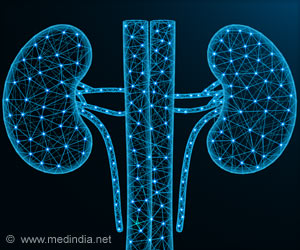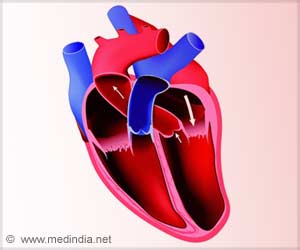
‘Multi-Scale Integrated Cell (MuSIC) is a technique that combines microscopy, biochemistry, and artificial intelligence to reveal individual proteins and protein complexes in a human cell.’





In the pilot study, researchers revealed approximately 70 components contained within a human kidney cell line, half of which had never been seen before.In one example, the researchers spotted a group of proteins forming an unfamiliar structure. This complex is likely involved in splicing, an important cellular event that enables the translation of genes to proteins, and helps determine which genes are activated at which times.
They studied the human cell structure using one of two techniques: microscope imaging or biophysical association. Along with imaging, researchers add fluorescent tags of various colors to proteins of interest and track their movements and associations across the microscope’s field of view.
Apart from this, they also used deep learning artificial intelligence technology to map the cell directly from cellular microscopy images.
“The combination of these technologies is unique and powerful because it’s the first time measurements at vastly different scales have been brought together,” said study first author Yue Qin, a Bioinformatics and Systems Biology graduate student in Ideker’s lab.
Advertisement
It takes biochemistry techniques, which start with a single protein, to allow scientists to get down to the nanometer scale. That has long been a big hurdle in the biological sciences.
Advertisement
Researchers have only looked at 661 proteins and one cell type. The clear next step is to blow through the entire human cell and then move to different cell types, people, and species.
Source-Medindia









